Phytase and its effect on digestibility DDGS
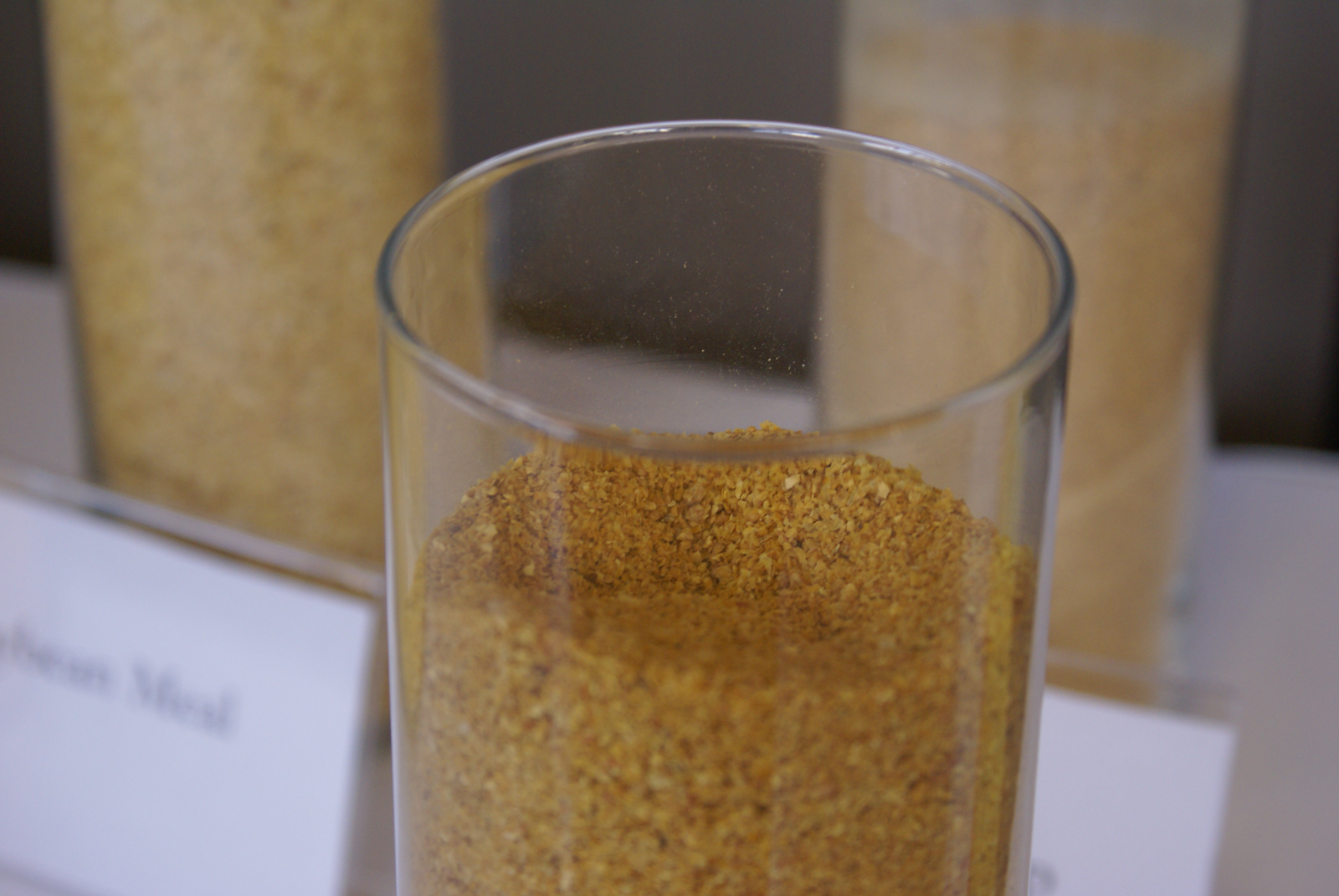
Phytase supplement may improve the digestibility of P in DDGS. US researchers did a study to find out.
Grains contain large amount of P that is bound to phytate, which is poorly digested by swine. The poor digestion of phytate by swine is due largely to the limited production of endogenous intestinal phytase, an enzyme that can releases P from phytate (Adeola and Cowieson, 2011). Therefore, the supplementation of inorganic P in swine diet is necessary to meet P requirement.
Improve P digestibility in DDGS
By products such as DDGS are often used in pig diets. Although DDGS shows a higher digestibility than grain (Pedersen et al., 2007), there is still a portion of P that cannot be utilized by pigs. Therefore, phytase supplementation may improve the digestibility of P in DDGS. Researchers at the Department of Animal Sciences from Purdue University in the US therefore looked at the phosphorus digestibility response of growing pigs to phytase supplementation of triticale distillers’ dried grains with solubles.
Experimental set up
Six diets were formulated in a 3 × 2 factorial arrangement, including 3 levels of triticale DDGS (300, 400, or 500 g/kg) and phytase (0 or 500 phytase units [FTU]/kg of diet). A total of 48 barrows (initial BW 22.2 ± 1.3 kg) were assigned to the 6 diets in a randomized complete block design. There was a 5-d adjustment period followed by a 5-d total collection of faeces.
Effects on digestibility
The results show that P intake, faecal P output, and digested P increased linearly (P < 0.01) with increasing level of DDGS in diets. There was a main effect (P < 0.001) of phytase on apparent total tract digestibility (ATTD) of P. In diets without added phytase, the ATTD of P in triticale DDGS was 65.0, 67.7, and 63.2% for the diets with 300, 400, and 500 g/ kg triticale DDGS, respectively; the corresponding values for diets with added phytase were 77.3, 76.3, and 75.7%. By regressing daily digested P against daily P intake, the TTTD of P was estimated at 75.4% for triticale DDGS or 81.1% with added phytase, respectively. In conclusion, the TTTD of P in triticale DDGS without supplemental phytase was 75.4%, and it was 81.1% in the presence of phytase at 500 FTU/kg of the diet, but the difference was not statistically significant. For triticale DDGS, the supplementation of 500 FTU/ kg phytase in diet could increase the ATTD of P (P < 0.001) but not the TTTD of P. Source: J. Anim. Sci. 2015.93:646–651 doi:10.2527/jas2014-7662
Join 26,000+ subscribers
Subscribe to our newsletter to stay updated about all the need-to-know content in the feed sector, three times a week. Beheer
Beheer

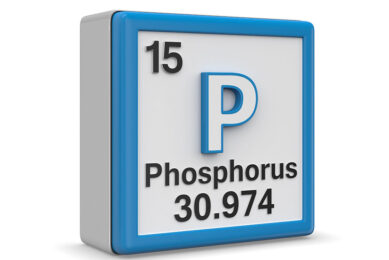
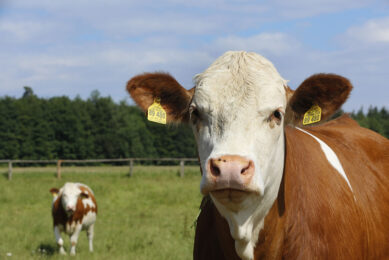
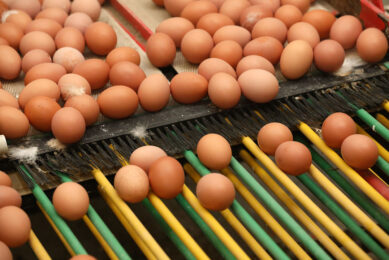
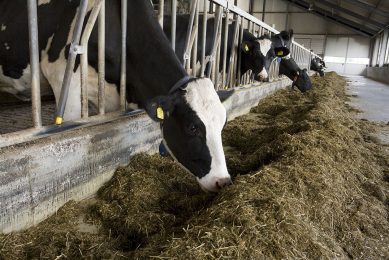




 WP Admin
WP Admin  Bewerk bericht
Bewerk bericht